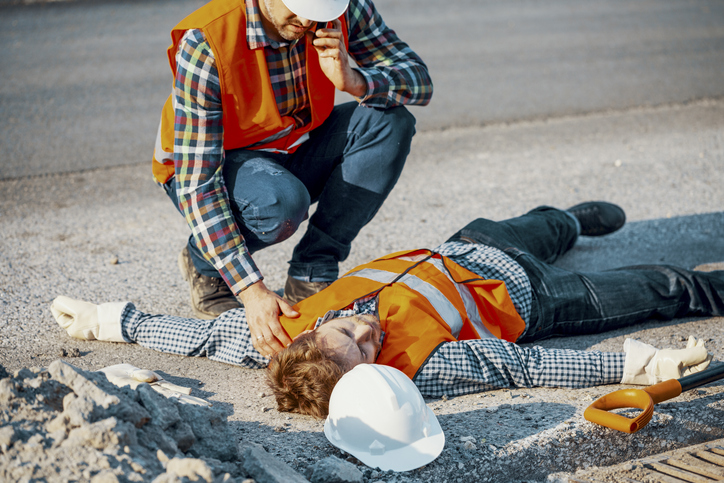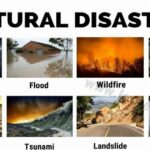According to the International Labour Organization, the workplace deathtoll of 1.1 million deaths exceeds the average annual deaths from road accidents (999,000), war (502,000), violence (563,000) and HIV/AIDS (312,000). Approximately one-quarter of those deaths result from exposure to hazardous substances which cause such disabling illnesses as cancer and cardiovascular, respiratory and nervous-system disorders.

Workers suffer approximately 250 million occupational accidents and 160 million occupational diseases each year. Deaths and injuries, continue to take a particularly heavy toll in developing countries where large numbers of workers are concentrated in primary and extraction activities such as agriculture, logging, fishing and mining – some of the world’s most hazardous industries.
Every year, 250 million accidents occur causing absence from work, the equivalent of 685,000 accidents every day, 475 every minute, 8 every second; working children suffer 12 million occupational accidents and an estimated 12,000 of them are fatal; 3,000 people are killed by work every day, 2 every minute; asbestos alone kills more than 100,000 workers every year.
ILO estimates show that the fatality rate in advanced industrialized economies is almost half that of Central and Eastern Europe, China and India. In the Latin America/Caribbean region, the fatality rate is even higher and in the Middle East and Asia (excluding China and India), the fatality rates soar to four-fold of that in the industrialized countries. Selected hazardous jobs can be from 10 to 100 times riskier. Construction sites in developing countries are 10 times more dangerous than in industrialized countries.
How?
Falling from height is a big risk to workers, especially in the construction industry. Working on buildings using scaffolding puts you in a position where slipping and even falling is a possibility, and this can be avoided with some preparation.
Falling objects from above, reversing vehicles and contact with debris are some of the biggest contributors to worker injury, and can all be avoided through clear communication and preparation.
Working with machinery can be very dangerous, and the risks of use include trapped or crushed body parts and punctured skin. Without the right training or a lack of maintenance/upkeep, the potential for serious injury is huge.
Exposure to harmful substances and fumes, especially asbestos can have fatal consequences. While not an instant killer, the long term effects of exposure are deadly. Asbestos tends to be found in buildings that were built before 2000, and overexposure can result in lung cancer and mesothelioma.
In addition to preventable fatal work injuries, 651 homicides and suicides occurred in the US workplace in 2020.
More regulations and sanctions
Capitalism kills. Despite solid criminal cases, in no instance has any employer who knowingly and willfully violated federal regulations which resulted in workers’ deaths ever been imprisoned. It is cheaper for companies to allow their workers to be killed than to create safer working environments.
The raising of wages leads to overwork among the workers. The more they want to earn, the more they must sacrifice their time and perform slave labour in which their freedom is totally alienated. …In so doing they shorten their lives.
…Thus, even in the state of society which is the most favorable to the worker, the inevitable reslt for the worker is overwork and premature death, reduction to a machine, enslavement to capital.
–Karl Marx. 1964. Early Writings. NY:McGraw-Hill, pp. 71,73








